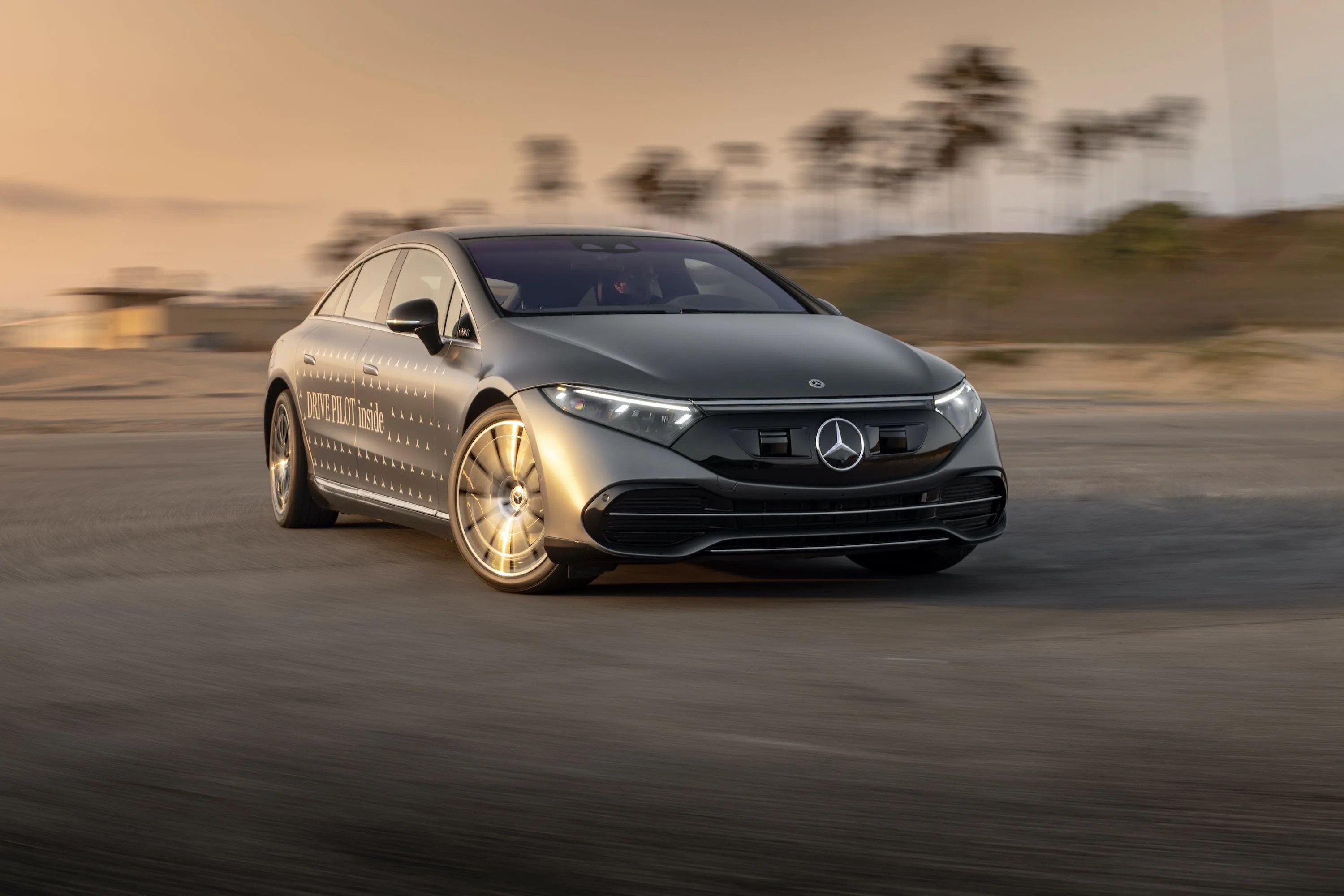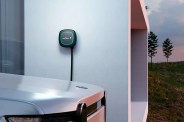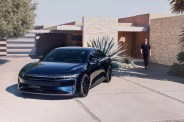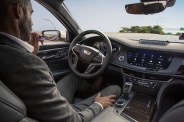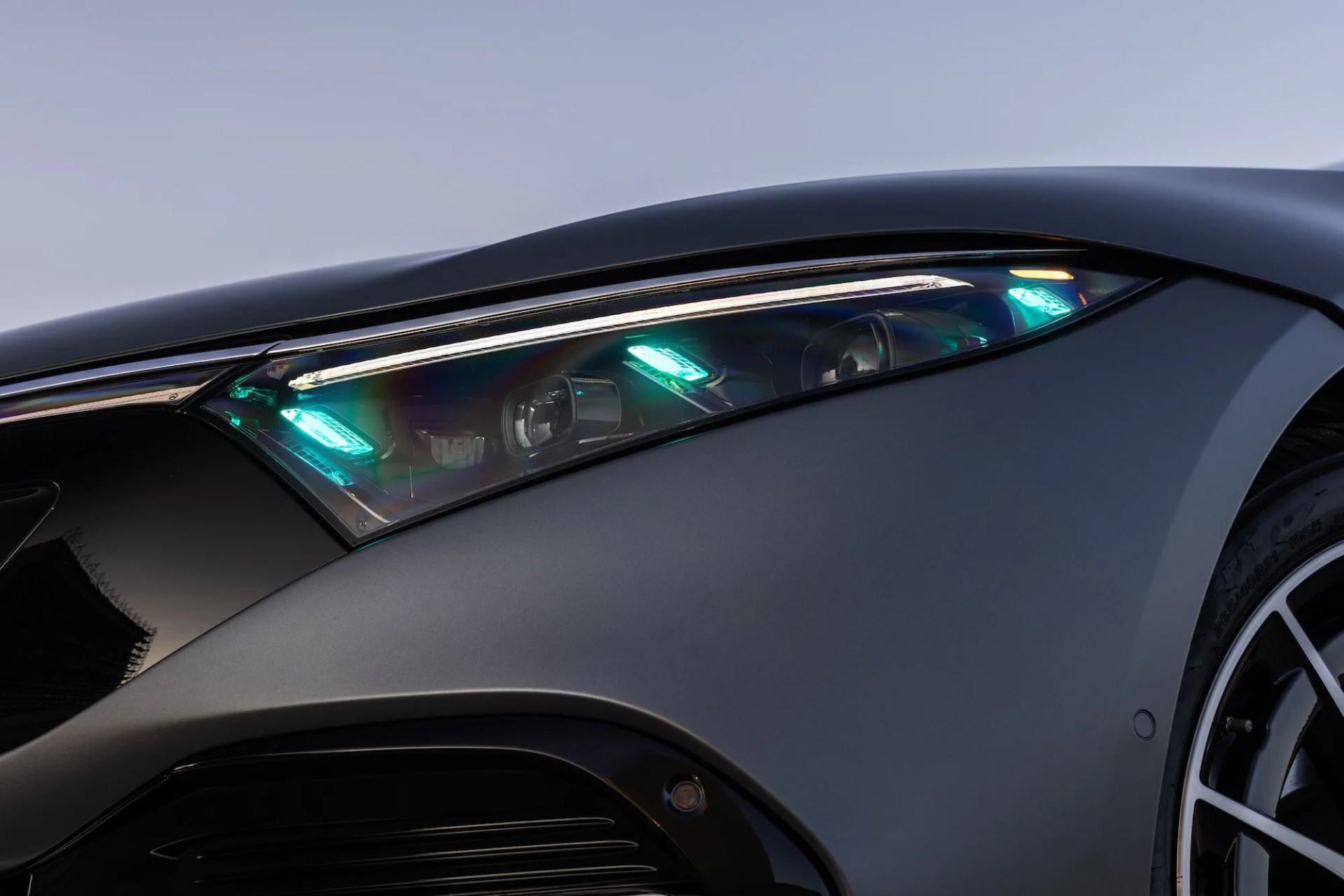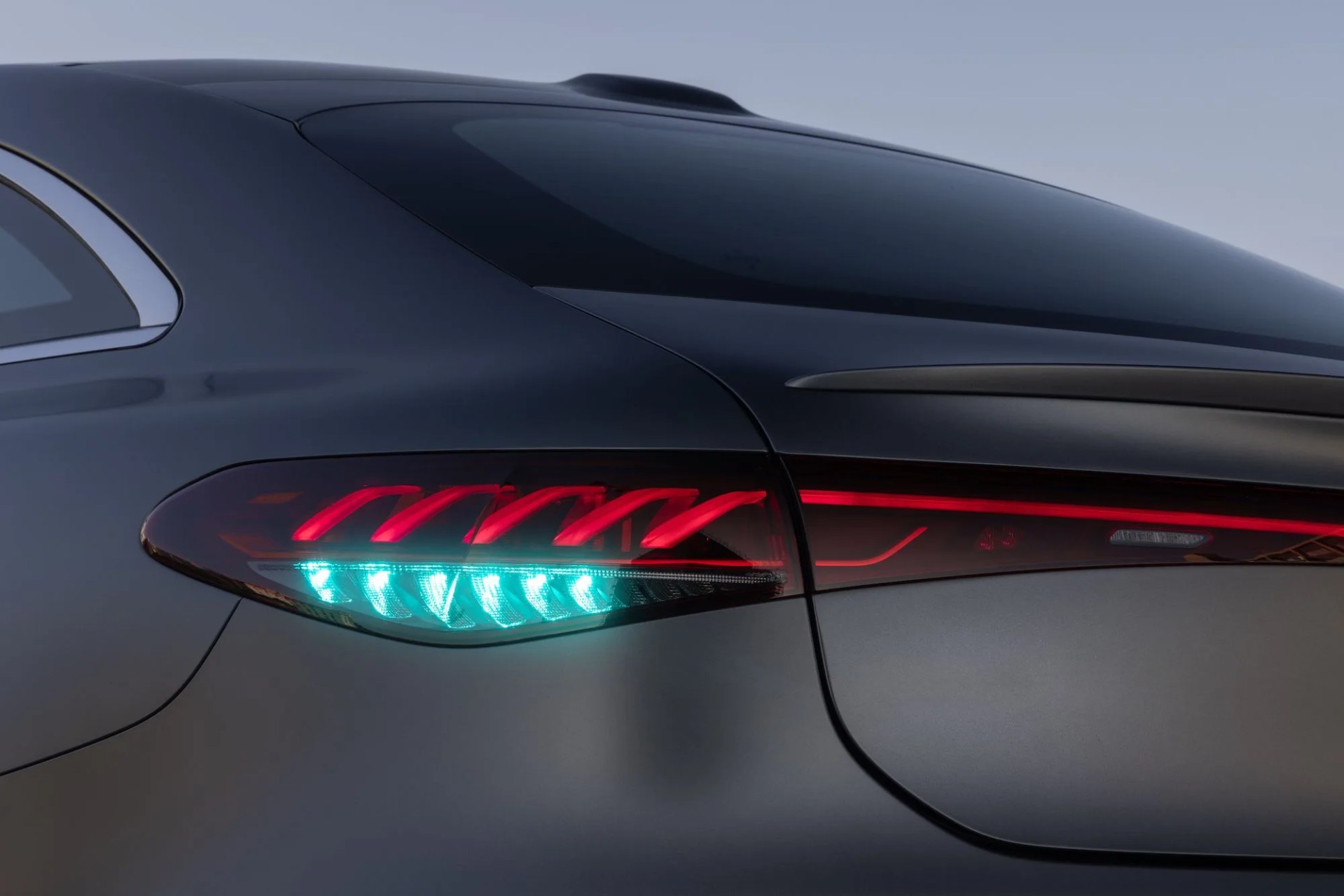“I hope we hit traffic,” Mercedes-Benz’s autonomous driving engineer quips as we depart from Santa Monica, California.
Not a oft-heard statement, but, for today’s purposes, an apt one. The goal of Mercedes-Benz’s newly (and provisionally) allowed self-driving suite — Level 3, for the initiated — is to find all the traffic jams. The Three-Pointed Star brand recently bested Tesla in achieving Society of Automotive Engineers (SAE) Level 3, wherein your self-driving-equipped S-Class or EQS sedan will pilot itself in dense traffic up to 40 miles per hour.
Soon enough, on Los Angeles’s Interstate 10 freeway, we encounter a wall of vehicles creeping along. A button on our 2023 EQS sedan’s steering wheel alights in a calming turquoise hue, indicating that autonomy is available. I tap it and, within seconds, the vehicle engages its self-driving suite and I’m free to remove my hands and eyes — my gaze is being measured by dashboard-mounted cameras — from the road.
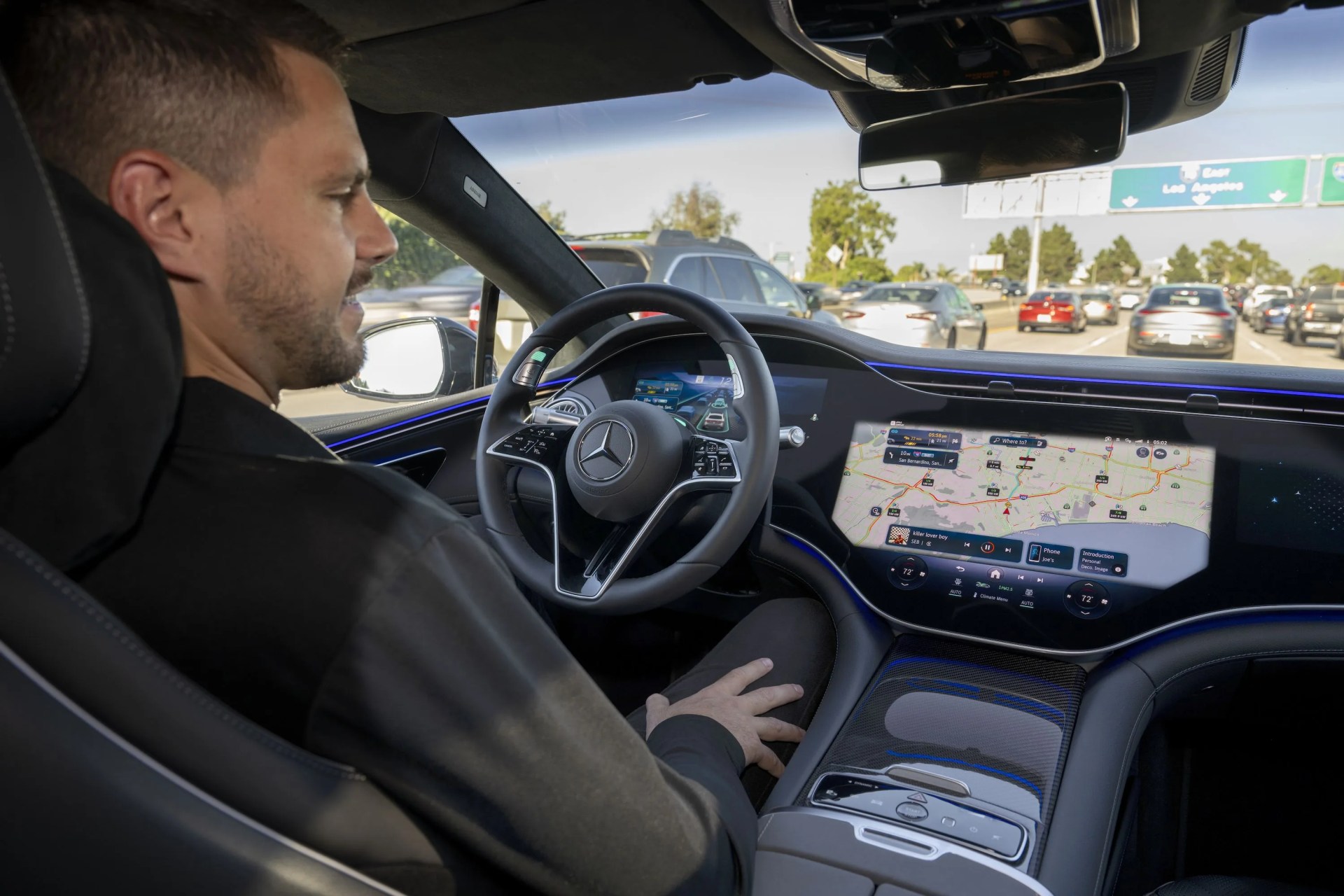
In this level of automated driving, the Mercedes handles all accelerating and braking, as well as steering. A host of media apps are unlocked, too, among them an air-hockey-style game; YouTube and others options are available, too. The engineer — riding shotgun for insurance purposes — and I duel on the middle screen; I’m able to score a few points before traffic eases and the autopilot system recognizes this, disengaging, abruptly ending our contest. All car controls revert to me, for the time being.
To learn more about our testing methodology and how we evaluate products, head here.
